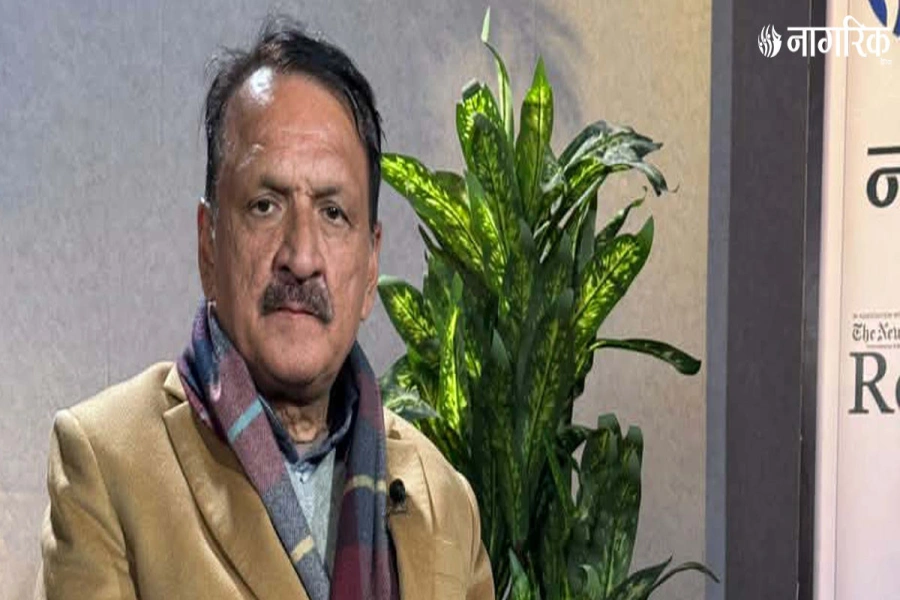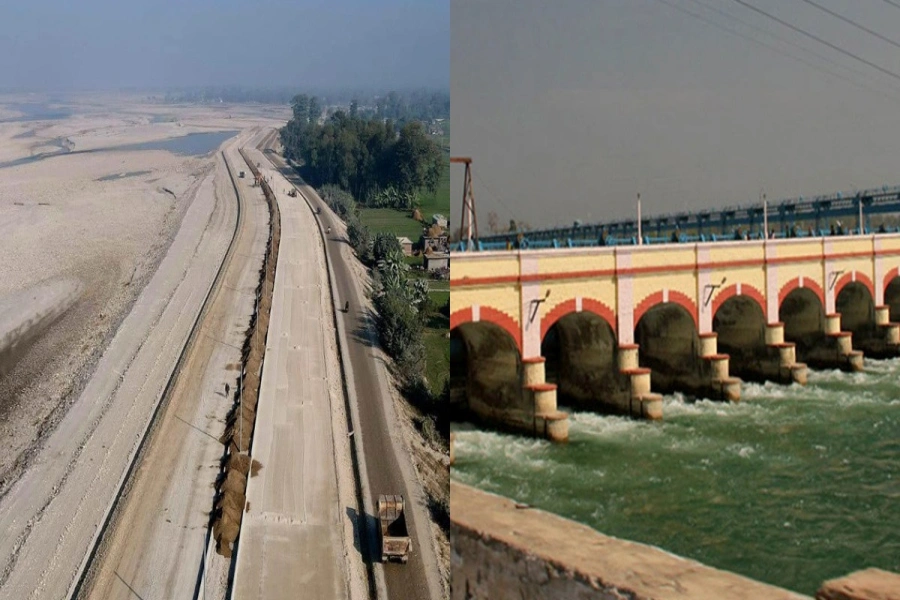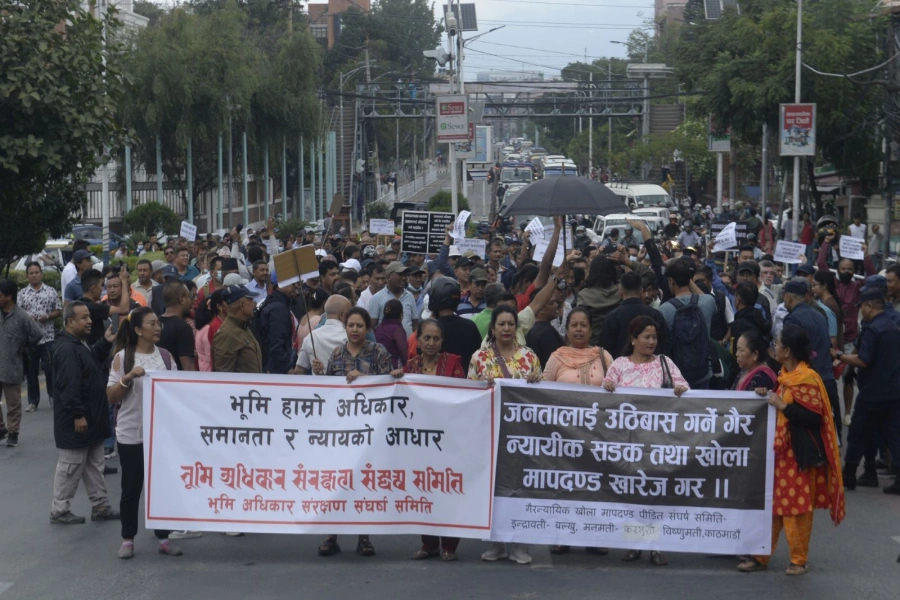This trying time can be an opportunity for Nepal to convert its remittance based economy into a more sustainable, eco-friendly and home-grown economy
The COVID-19 pandemic is disrupting society, economy and politics in almost all parts of the world. Every country is likely to bear the brunt of such upheaval. Nepal is no exception. In this article, we look into its potential impact on foreign labor migration and its trickle-down effects on the macro as well as micro levels.
Foreign labor migration has been the ultimate dream for thousands of youth across the nation. As of now, more than five million work permits for foreign employment have been issued, with the most popular destinations being Malaysia and GCC countries like Qatar, UAE and Saudi Arabia. Since the introduction of the Employment Permit System (EPS), there is a growing trend and competition to travel to South Korea for work. A significant number of migrant workers are also working in Japan and more than 100 destinations around the world. Given that one in every four Nepali households has at least one member working abroad as well as remittances contributing to nearly 28 percent of Nepal’s GDP in 2018, Nepal is the 19th largest remittance-receiving country globally, as per the 2019 data of the World Bank. Remittance is an important source to sustain Nepal's economy. Remittance also remains a lifeline for thousands of families of migrant workers to run their livelihoods.
COVID-19 crisis is likely to disrupt this eco-system of foreign labor migration. This havoc will potentially add a layer of challenges at a societal level, which policymakers should consider as a clarion call to respond to other problems it should beget.
Labor ministry begins discussion on labor migration policy

What are the impacts?
The economic slowdown or shutdown of industries globally will have a direct impact on the working conditions of Nepali migrant workers. This will unquestionably have an immediate impact on the volume of remittance that the country was receiving in the past. There is a danger of the country's economic imbalances due to poor GDP growth in the absence of remittances and this may eventually lead to a financial crisis, creating the scarcity of new jobs and newer economic activities within the country. Less economic activities within the country will have a direct impact on the lives of daily wage earners working on informal sectors and conditions of their family members. According to ILO more than 70 percent of the total economic workforce in Nepal is engaged in the informal sector and they mostly rely on daily wages to meet their subsistence needs. The impact of the short redundancy after lockdown is enough to derive possible ramifications in the future. Some of the daily wage workers have escaped from the city whereas those who are trapped in the lockdown are compelled to break restrictions in search of food. Failing to address such desperation
promptly can lead from societal friction to civil unrest. Family members of the migrant workers—who are heavily dependent on the remittances—will be the victims of this crisis. It can be predicted that many families will not be able to keep their education, health and other expenses intact. They will struggle for the fulfillment of basic requirements. This huge shift in the consumption pattern of poor and low-income families will have adverse impacts on the market economy.
So far, there is no exact figure on the numbers of Nepali migrant workers who have lost jobs as a result of the COVID-19 crisis. Nevertheless, it is highly likely that thousands of them will. There are reports of countries furloughing or even laying off migrant workers. When work resumes, hundreds of these workers will face either salary cut or reduced work hours. It can be predicted that thousands of them will lose jobs due to foreseeable economic recession and shutdown or downsizing of industries, forcing them to return home not knowing what to do. Unplanned and untimely return of the migrant workers can push many of them under debt traps for the loans taken to pay for abroad migration. The shock of dismissal from a job, lack of livelihood opportunities back home, and huge family responsibilities, on the other hand, will keep many of these returnee migrants under unprecedented mental stress. Neither our service sector nor the industrial sector has the strength to accommodate the bulge of these jobless youth.
With the current rate of outflow, there will be as many as half a million healthy energetic aspiring migrants stuck in the country in a year. That data will be supplemented by returnee migrants too. Also to add in the figure will be workers in our hospitality industry who could face redundancy due to the seemingly limited inflow of tourists in the country. Failing to harness the energy of these youths will prove a great loss not only economically but also socially. Lack of opportunities inside the country and the shattered hopes of foreign employment will lead to mass frustration. Such youths can easily be lured by anti-social activities like narcotism, alcoholism, domestic violence, gambling and even ganging and violent politics. A growing negative narrative on migration and migrants is identified as another significant impact with the beginning of the COVID-19 crisis. Hundreds of these migrants who have returned home most recently are facing stigma and discrimination as they are suspected of carrying and spreading spread COVID-19 in their localities. Hundreds of these workers are currently stranded in the Nepal-India borders. Some local government units in Nepal have even started putting red flags or red signs in the returnee migrants’ homes as a process of isolating them from others. Several communities have prohibited the entry of migrants into their territory. All these actions can be somehow tolerable for the time being as precautionary measures to halt the outspread of COVID-19, but this could also build a negative narrative against migrant workers undermining their contributions to build country over the past two and half decades.
It is quite important to create new narratives to challenge these stigmatizing narratives. It may require some sensitization programs as well as the promotion of intergroup contacts and social cohesion initiatives between migrant and non-migrant populations after the situation normalizes.
Time for action
This trying time can be an opportunity to rethink Nepal’s development practices as well as converting remittance based economy into a more sustainable, eco-friendly and home-grown economy. It can also be an opportunity for reviving Nepal’s agro-based economy with the introduction of modern technology and making agriculture a prestigious occupation. Thus, it is necessary to create innovative and attractive livelihood opportunities and entrepreneurship programs targeting people below the poverty line, returnee migrants and their family members, and aspiring migrants.
For that, the youth will need both training and investment supports. In this context, the government should convert its existing social and economic development programs with significant emphasis on creating livelihood opportunities targeting the above-mentioned groups. However, such programs should be designed in such a way that it will attract these groups in an inescapable manner. All three tiers of government should take their responsibilities to make it happen.
Post-COVID-19 development policy should also emphasize making use of the knowledge and skills that returnee migrants have brought along. Likewise, managing the concerns and grievances of both returnees as well aspiring migrants can be an important issue to bring into national as well as sub-national discourse and put pressure on the government, donor community and private sector to come up with adequate programs for managing and engaging these youths constructively.
There is a strong sentiment in Nepal that the efflux of youth for foreign labor migration should be minimized. Like it or not, the time has helped Nepal to meet that fate, at least for a while. It is also worth mentioning that Nepal’s population ‘window of opportunity’ is projected to last by 2047. After that Nepali society will become an aged society. That means Nepal has less than three decades to reap its demographic dividend.
Thus the government needs to introduce plans and policies to turn upcoming challenges into lasting opportunities. It will indeed test the gut, motivation and ability of political leaders to cash this opportunity.
Bhattarai and Senchurey are Kathmandu based social scientists





































